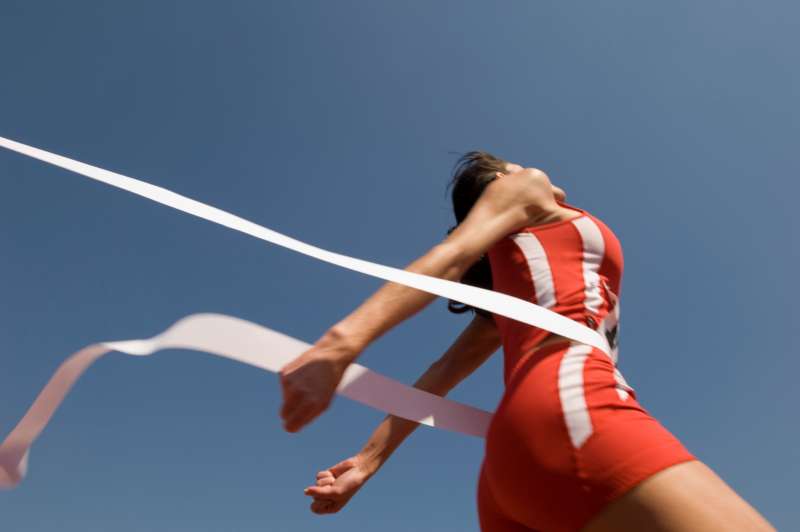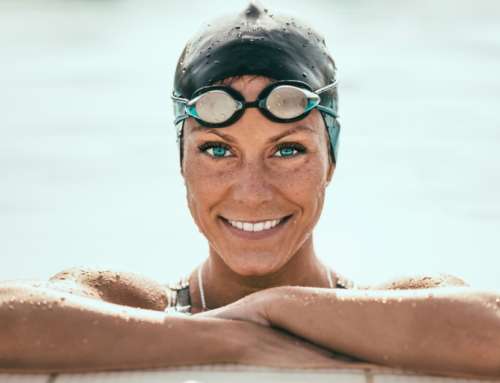A number of famous athletes have turned to LASIK eye surgery to treat astigmatism, hyperopia (farsightedness), and myopia (nearsightedness). The procedure typically refocuses the light towards the retina by reshaping the cornea. Vision becomes sharper allowing athletes to perform better in the field of play. This form of surgery can be completed with 15 minutes, and is pain-free. Patients generally experience clearer vision in 24 hours after the procedure, and the week’s recovery process is extremely vital for great results.
A growing number of athletes continue to opt for LASIK eye surgery because eye glasses and contacts are an inconvenient solution. Professional golfers take advantage of the corrective benefits of this procedure to maintain optimal performance. Tiger Woods is one of the many professional golfers that have successfully undergone the surgery. It is reported that he was previously nearsighted and could barely cope without eye contacts owing to the tough outdoor playing conditions. He won his first tournament (the Wachovia Championship) in 1999, following a successful procedure. Even in past years, laser eye surgery has contributed immensely to the success of retired Olympic swimmer and gold-medalist, Amy Van Dyken-Rouen.
Recovery Times
LASIK eye surgery allows Olympic hopefuls, and other various athletic professionals, to push their peak levels to new highs, thanks to sharper vision. Foggy diminished vision undermines play. Fortunately, laser surgery is affordable and quick. When it comes to post-operative recovery time, it doesn’t take a long time. Most patients can get back to their normal schedule a day or two after the surgery. However resumed training for athletes may take up to a week, to ensure that the cornea is well-healed. Athletes having LASIK will need to wear goggles for up to 30 days; and depending on the level of physical contact and exertion of the sport, laser eye surgeons usually recommend slightly longer recovery times for high contact sports to help reduce the risk of injury to the cornea while it is still healing. Goggles protect the eyes from experiencing acute trauma and corneal injury due to bumps and sudden jabs. Some of the sports that fall under this category include soccer, basketball, tennis, baseball, football, and volleyball.
Swimmers will need to stay out of the water for up to two weeks following LASIK eye surgery. This is aimed at giving the reshaped corneal tissue sufficient time to heal and to prevent infection. Contact with chlorinated water during the recovery period can lead to problems associated with dry eye.
Overall, recovery time is still fairly quick, even for Olympians. This means that athletes don’t have to compromise their current form or body conditioning with lengthy recovery periods of more than 2 weeks. Some of the notable changes experienced in the post-operative period include eliminating the need to wear eye glasses or contacts before embarking on training. Once recovered, patients no longer have to cope with the difficulty caused by glasses while running or exercising. Contact lenses typically cause itching, stinging, and burning when sweat or dust gets in the eyes.
Dr. Goosey is one of the most prominent laser surgery specialists in Houston. He focuses on refractive and corneal surgery. Consulting a reputable surgeon like Dr. Goosey improves athletes’ chances of a successful procedure. Whether you’re an Olympic hopeful or not, it is always imperative to consult with a laser eye surgeon for details and clearance on having LASIK surgery.
Get more information or schedule your consult today!






